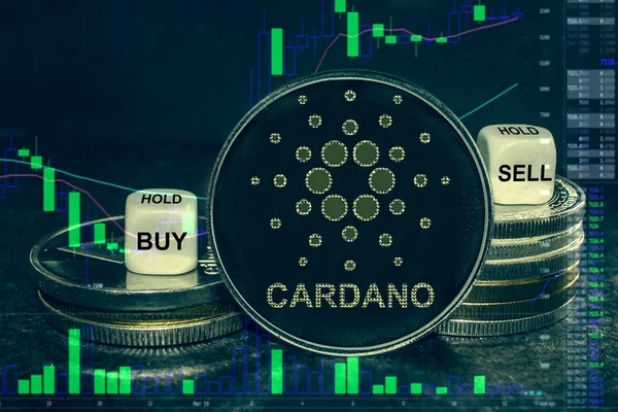
As the native token of the Cardano blockchain, the development and future prospects of the Cardano (ADA) ecosystem have attracted much attention. This article will explore the current status and future development prospects of the ADA ecosystem and analyze its potential in the blockchain industry.
Current Status of ADA's Ecosystem: Cardano's ecosystem covers multiple fields such as decentralized finance (DeFi), non-fungible tokens (NFTs), and Web3 applications. Although the current ecosystem is relatively small, it has developed rapidly and attracted a large number of developers and users. All of this provides a solid foundation for the long-term development of ADA.
Decentralized Finance (DeFi) Applications
Cardano's high-performance network and low transaction fees make it an ideal platform for DeFi projects. At present, several DeFi projects have chosen to build on Cardano, including decentralized exchanges (DEX), lending platforms, and stablecoin projects. These applications not only enrich Cardano's ecosystem, but also attract more users and funds.
Non-fungible token (NFT) market
Cardano's low transaction fees and efficient network make NFT casting and trading more convenient. Multiple NFT projects choose to cast and trade on Cardano, including digital art, virtual assets, and game props. With the continuous development of the NFT market, Cardano's application prospects in this field are also very broad.
The development of Web3 applications: Cardano's smart contract function and high scalability provide an ideal platform for the development of Web3 applications. By supporting decentralized applications and services, Cardano is gradually building a more open and decentralized Internet ecosystem.
ADA's future development plan
Cardano's future development is divided into five stages, including mainnet construction, decentralization, implementation of smart contracts and ecological construction, performance improvement, and transfer of governance to the community. At present, Cardano is in the stage of smart contracts and ecological construction, and is gradually transitioning to the stage of performance improvement. In the future, as these development plans are gradually realized, Cardano's ecosystem will become more complete and powerful.
Conclusion: By exploring the current status and future development prospects of ADA's ecosystem, we can see its broad potential in DeFi, NFT, and Web3 applications. In the future, with the implementation of more application scenarios and development plans, ADA is expected to play a more important role in the blockchain industry.